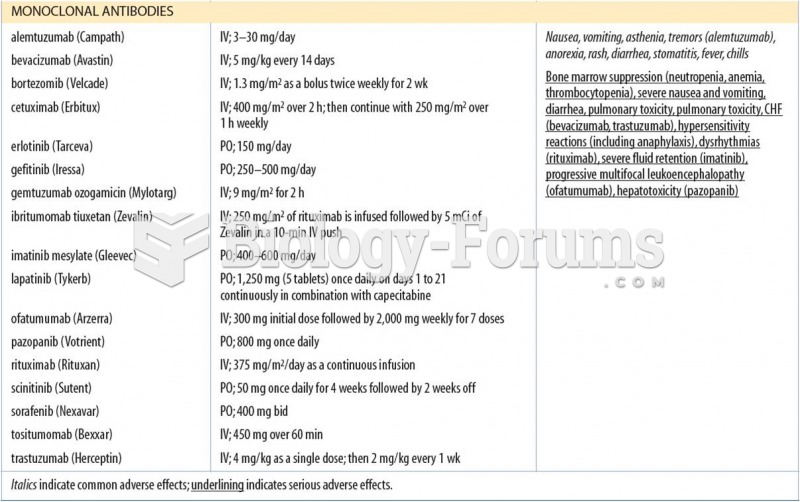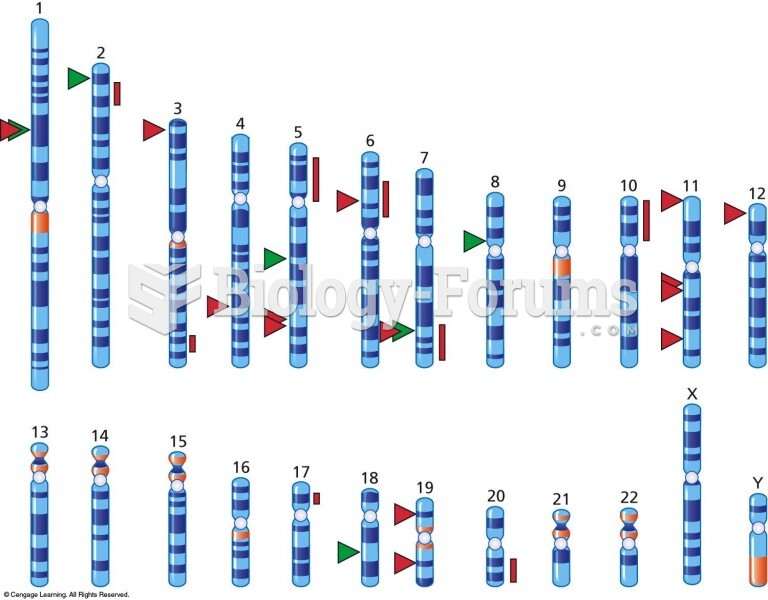Answer to Question 1
The appetitive phase begins the cycle and involves thoughts and desires for sexual arousal. Daydreaming about sex or more specific thoughts about individuals characterize this stage. When direct sexual stimulation occurs (although this need not involve physical touching), the arousal phase has begun. There are physiological changes in both sexes: increases in heart rate, blood pressure, and respiration rate. Blood flow to the genitals increases, causing an erection in the penis in men and engorgement of the clitoris in women. In men, the testes enlarge and elevate; in women, nipples become erect, the clitoris expands, and vaginal lubrication occurs. Sexual tension is released in the third phase, orgasm. In men, the base of the penis contracts and semen is propelled out. Men typically are unresponsive to sexual stimulation for a time after ejaculation. In women, the outer third of the vagina contracts rhythmically. Women are capable of having continued orgasms if stimulation is maintained. The fourth stage, resolution, has the body returning to normal levels of arousal.
The sexual dysfunction that most commonly brings couples to counseling is a lack of sexual desire, related to the first stage. Male hypoactive sexual desire disorder occurs in roughly 15 percent of men. People with this disorder have little or no interest in actual or fantasized sexual activity, although they usually have the ability to experience orgasm. Female sexual interest/arousal disorder involves little or no interest or arousal for sexual intercourse. Both of these sexual desire disorders can be caused by psychological or a combination of psychological and biological factors.
Male erectile dysfunction is an example of a sexual dysfunction of the excitement phase. It involves an inability to attain or maintain an erection sufficient for intercourse. Clinicians estimate that as many as one-half of men experience transient erectile problems and that between 13-21 percent of American men have occasional episodes. Biological causes such as medical conditions can make men vulnerable to continued erectile problems because of anxiety over performance.
An example of a sexual dysfunction in the orgasm phase is female orgasmic disorder, also called inhibited female orgasm, which affects an estimated 10 percent of women. It is characterized by persistent delay in or inability to achieve orgasm with adequate stimulation during the excitement phase. However, as DSM-5notes, lack of orgasm during intercourse in which there is no manual stimulation of the clitoris represents a normal variation in the female sexual response. It is not clear what exactly normal female orgasmic functioning is. However, it is likely that with enough stimulation and interpersonal sensitivity the prevalence of female orgasmic disorder drops. There is no category of sexual dysfunction that characterizes the resolution phase.
Answer to Question 2
b







